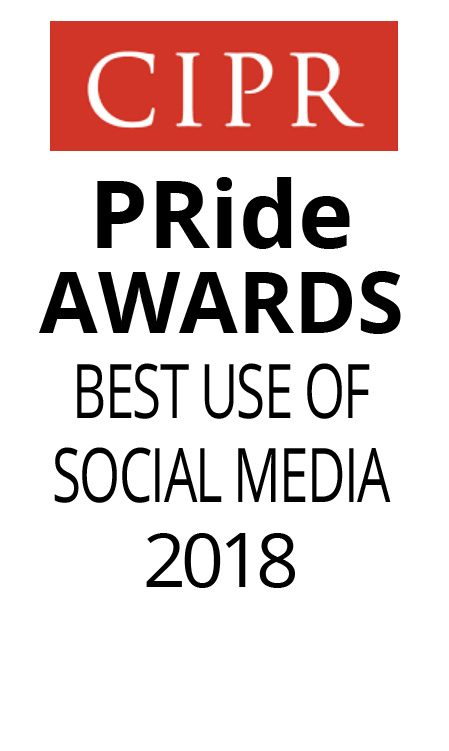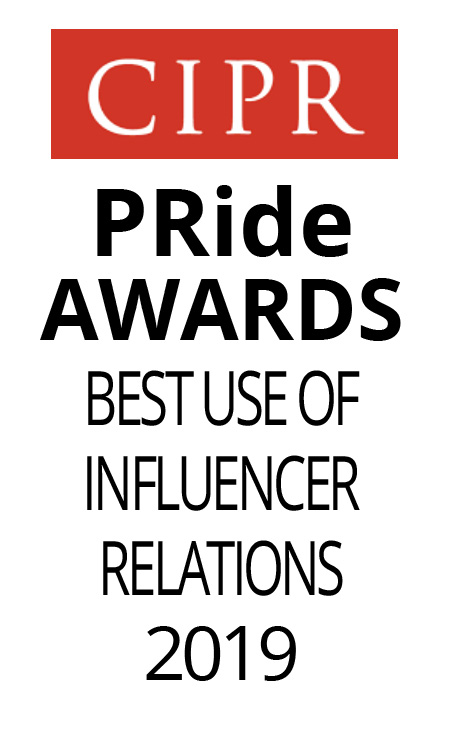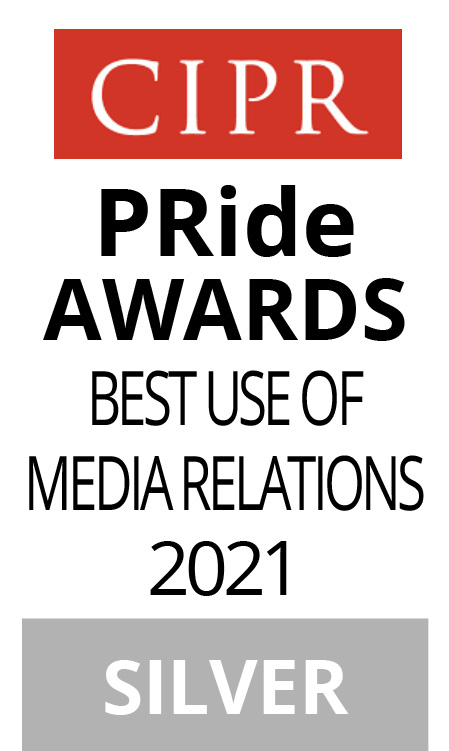What does success look like? The PR industry ought to be able to answer this question quickly and easily, but of course the truth is, it depends…
There are many different methods for measuring PR methods, and it depends on what your objectives are.
There’s an interesting read in PR Moment titled “PR KPI inflation: Why you shouldn’t use readership numbers or reach as measurement KPIs’
Various Key Performance Indicators (KPIs) are reviewed in the PR Moment feature, drawing on the different ways agencies demonstrate their success in award submissions: “Judges will review a variety of metrics to prove views, clicks and outcomes to weigh up the winners.
Digital PR has offered up a world of granular and very practical information, but of course the flip side is having too much information – how do you select the most meaningful metrics?
Diageo’s James Alexander, a multiple award winner from AMEC is quoted in the PR Moment feature saying:
“As an allocator of marketing budget, you can’t take a lot from ‘reach’ data. We like using the ‘estimated coverage views’ metric. It’s more realistic which means it’s easier for me to compare PR against other areas of marketing”.
This brings me to my point. It can be hard to measure PR when it is part of a much wider range of marketing activity. The saying “Half the money I spend on advertising is wasted; the trouble is I don’t know which half” is supposed to date back to the nineteenth century so this isn’t a new problem, assuming PR and advertising come from the same budget.
Here are some examples of what PR success can look like depending on your objective:
Crisis PR
If you’re handling a crisis, as we do for our clients, perhaps surrounding a planning process or court case, success means calm, measured preparedness and control.
Event PR
We’re planning and providing PR support for an event to take place in nine months’ time. Success means people buy tickets. If it’s a free event, success means people turn up.
FMCG or product sales
Its rare for sales to be supported by PR or media relations alone, but it can be done. Our campaign for the British Beekeepers Association is a great example, with 10,000 sales solely from media relations.
Business to business
In B2B PR, if you’re promoting a business service, then you want to generate incoming business enquiries. You could choose a set of metrics to measure success further up the marketing funnel (as you could for FMCG) measuring website traffic for example, but the acid test is incoming business enquiries.
And here is a perfect example of what success looks like, from an email I received last month from the CEO of Connected Energy, Matthew Lumsden:
Hi Folks,
I’ve just been looking at all our data on coverage and wanted to thank you once again for your efforts you’re doing a fantastic job! Great coverage which is generating leads on a daily basis so I really can’t ask for any more…..other than more of the same!
There are couple of practical guides on our website for further information about how to set monthly PR measurement systems:
How do you measure creativity? A guide to PR measurement systems that work









